Review of Puccini: Tosca (Benini)
Introduction
This is, without doubt, the most famous of Puccini`s operas, a romantic and punchy piece and a perennial favourite with audiences. It`s dramatic too featuring a stabbing, torture, suicide, shooting and an attempted rape. It`s heart-wrenching stuff.
Setting: Rome, June 1800. As Tosca begins, Napoleon Bonaparte is advancing with his army upon Rome. Bonaparte is the political enemy of Scarpia, and the hero of Cavaradossi and Angelotti.
• Act I: In the church of Sant`Andrea della Valle
Cesare Angelotti, an escaped political prisoner, rushes into the church of Sant`Andrea della Valle to hide in the Attavanti chapel. As he vanishes, an old Sacristan shuffles in, praying at the sound of the Angelus. Mario Cavaradossi enters to work on his portrait of Mary Magdalene - inspired by the Marchesa Attavanti (Angelotti`s sister), whom he has seen but does not know. Taking out a miniature of the singer Floria Tosca, he compares her raven beauty with that of the blonde Magdalene. The Sacristan grumbles disapproval and leaves. Angelotti ventures out and is recognized by his friend and fellow liberal Mario, who gives him food and hurries him back into the chapel as Tosca is heard calling outside. Forever suspicious, she jealously questions him, then prays, and reminds him of their rendezvous that evening at his villa. Suddenly recognizing the Marchesa Attavanti in the painting, she explodes with renewed suspicions, but he reassures her. When she has gone, Mario summons Angelotti from the chapel; a cannon signals that the police have discovered the escape, so the two flee to Mario`s villa. Meanwhile, the Sacristan returns with choirboys who are to sing in a Te Deum that day. Their excitement is silenced by the entrance of Baron Scarpia, chief of the secret police, in search of Angelotti. When Tosca comes back to her lover, Scarpia shows her a fan with the Attavanti crest, which he has just found. Thinking Mario faithless, Tosca tearfully vows vengeance and leaves as the church fills with worshipers. Scarpia, sending his men to follow her to Angelotti, schemes to get the diva in his power.
• Act II: The Farnese Palace
In the Farnese Palace, Scarpia anticipates the sadistic pleasure of bending Tosca to his will. The spy Spoletta arrives, not having found Angelotti; to placate the baron he brings in Mario, who is interrogated while Tosca is heard singing a cantata at a royal gala downstairs. She enters just as her lover is being taken to an adjoining room: his arrogant silence is to be broken under torture. Unnerved by Scarpia`s questioning and the sound of Mario`s screams, she reveals Angelotti`s hiding place. Mario is carried in; realizing what has happened, he turns on Tosca, but the officer Sciarrone rushes in to announce that Napoleon has won the Battle of Marengo, a defeat for Scarpia`s side. Mario shouts his defiance of tyranny and is dragged to prison. Scarpia, resuming his supper, suggests that Tosca yield herself to him in exchange for her lover`s life. Fighting off his embraces, she protests her fate to God, having dedicated her life to art and love. Scarpia again insists, but Spoletta interrupts: faced with capture, Angelotti has killed himself. Tosca, forced to give in or lose her lover, agrees to Scarpia`s proposition. The baron pretends to order a mock execution for the prisoner, after which he is to be freed; Spoletta leaves. No sooner has Scarpia written a safe-conduct for the lovers than Tosca snatches a knife from the table and kills him. Wrenching the document from his stiffening fingers and placing candles at his head and a crucifix on his chest, she slips from the room.
• Act III: The terrace at the top of Castel Sant`Angelo
The voice of a shepherd boy is heard as church bells toll the dawn. Mario awaits execution at the Castel Sant`Angelo; he bribes the jailer to convey a farewell note to Tosca. Writing it, overcome with memories of love, he gives way to despair. Suddenly Tosca runs in, filled with the story of her recent adventures. Mario caresses the hands that committed murder for his sake, and the two hail their future. As the firing squad appears, the diva coaches Mario on how to fake his death convincingly; the soldiers fire and depart. Tosca urges Mario to hurry, but when he fails to move, she discovers that Scarpia`s treachery has transcended the grave: the bullets were real. When Spoletta rushes in to arrest Tosca for Scarpia`s murder, she cries to Scarpia to meet her before God, then leaps to her death.
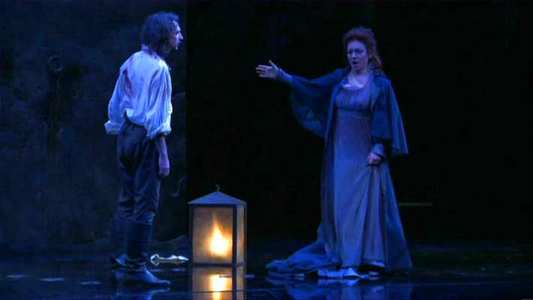
Video
Presented with an NTSC 1.78:1 widescreen enhanced transfer, Tosca looks very good. Shot on high definition video, the image and transfer looks clean and stable. Colours are nicely balanced with a good range between black & white. There`s a good level of detail too and this makes the costumes and sets stand out. There is minor grain, which is visible in low light scenes, but other than this I couldn`t spot any damage, dust or dirt. I would never have guessed this was NTSC by looking at it since the colours and detail look amazing!
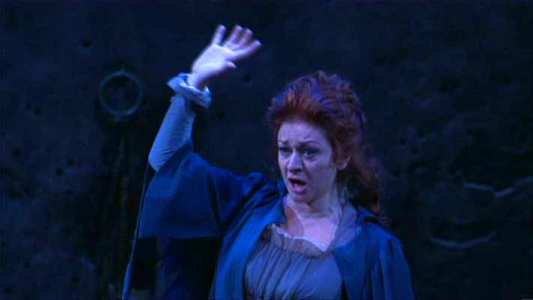
Audio
There are two soundtracks to choose from: LPCM 2.0 and DTS 5.1. The quality of the LPCM is good, but in plain stereo it doesn`t match the capability of the DTS track. If you can`t play DTS, but have DSP on your amp, it`s worth playing with to expand the sound. The DTS here is good. It`s clear, loud and vibrant with good subtle backup from the LFE. The orchestration sounds nice and sweet with a good range of sound across the front. There`s little in the rears except for some ambient sound and all in all I was pleased with what I heard.
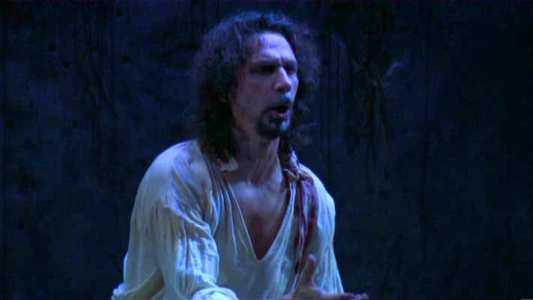
Features
Easy to navigate menus with just a couple of extras on the discs:
• Cast Gallery - This is nothing special and just features the leading cast and their character names.
• Interviews with Damiela Dessi (Floria Tosca) & Fabio Armiliato (Mario Cavaradossi)(13:46), Ruggero Raimondi (Baron Scarpia (12:59), Maurizio Benini (Conductor)(8:39), Nuria Espert (Director) & Emilio Sagi (17:20). The interviews are either in Spanish or Italian and are subtitled. This is a nice little extra to get a little insight into this produciton of Tosca from the leading cast, director and conductor.
• Booklet - This comes with a synopsis and an article entitled, "Tosca and the Genius of Puccini", by Tom Sutcliffe, in French, German and Spanish; it makes for interesting reading.
This has clear English, German, Spanish and French subtitles and comes packaged in a slim 2-disc DVD keep case.
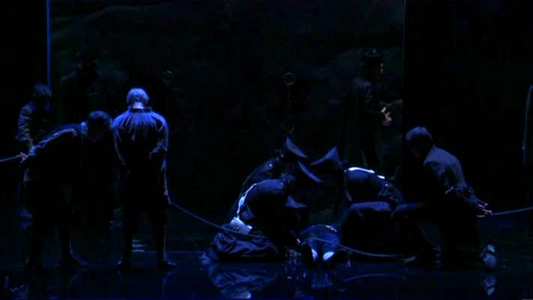
Conclusion
Tosca is a predictable love triangle and while slow to get started, it does pick up around the second and third acts. This has some of Puccini`s most beautiful work with some fantastic tenor arias in acts one and three, while Tosca`s soaring aria "Vissi d`arte" punctuates the dramatic tension of the second act. It`s a case of sticking with the melodrama to see the story heighten into something more satisfying.
I thought the central performances from real-life husband and wife Fabio Armiliato and Damiela Dessi (Cavaradossi and Tosca respectively) were very good. Dessi is wonderfully energetic and vocally superb. Ruggero Raimondi too has a wonderful and rich voice complementing Dessi. I have to say that this production of Tosca by Teatro Real is up there as one of my favourite operas. I like the story, and find Puccini`s music is simply beautiful from start to finish; the vocals too are melodious and uplifting. Listening to the DTS soundtrack alone marks this as a must have for those that love Tosca.
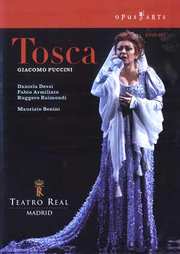
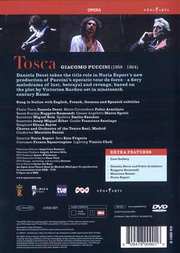




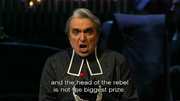
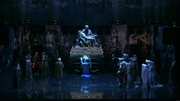
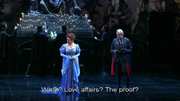

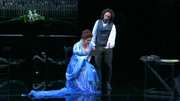
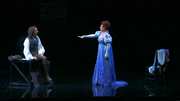

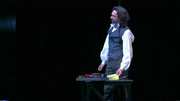
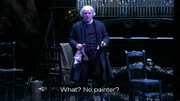
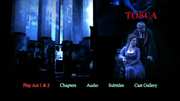






























Your Opinions and Comments
Be the first to post a comment!